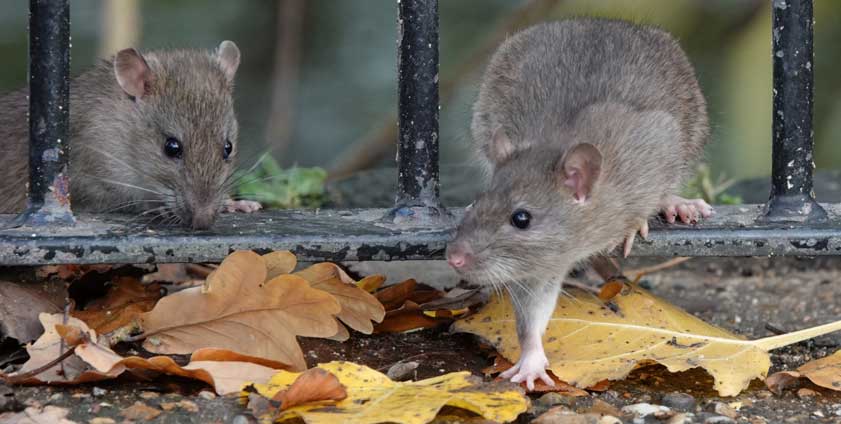Pollinator Profile: Spooky Edition (Street Rats!)

November 2, 2023
| Our pollinator profiles take a closer look at the species that pollinate the crops, flowers and foliage we rely on for nourishment, recreation and breathtaking beauty. Learning about these unique pollinators not only increases our appreciation of the natural world – it also raises awareness of how we can put our core value of Stewardship in action, helping protect the earth’s precious ecosystems and the creatures that inhabit them. Check out this recurring article series for information, tips and advice on we can best support the pollinator population. |
It’s no secret that rats have a bad rap.
Often referred to as vermin or pests, the common brown street rat is known to evoke fear and terror in the human population (not just around Halloween season).
Nearly 2,000 species in nature act as pollinators, but most people tend to only think of bees and butterflies in this category. However, many animals help to pollinate flowers.
Some pollinator species, such as the brown street rat, are niche pollinators that may only help pollinate a single type of flower.
In fact, the common urban rodent is responsible for pollinating a fruit-producing plant that is a staple food for the people of Columbia. Researchers recently discovered the Columbian feijoa fruit is pollinated by brown rats – the same type of rats that run the streets of New York City.
In Colombia, the feijoa flowers are found in a tree canopy that has no nectar or odor. The rats feed on the feijoa petals and forage during the day when the flowers are open and fertile, helping spread plant pollen that helps cultivate feijoa growth.
 More research is just beginning to show the potential of rodents to aid in pollination. This is good news for the street rat and urban communities across the globe in need of more pollinators. Pollination is especially important in these urban settings, where habitat is scarce for most insects and animals that are typically pollinators.
More research is just beginning to show the potential of rodents to aid in pollination. This is good news for the street rat and urban communities across the globe in need of more pollinators. Pollination is especially important in these urban settings, where habitat is scarce for most insects and animals that are typically pollinators.